The spectacular Andean Condor is the largest flying bird in the world, with a wingspan of up to 10.5 feet. While this bird’s habitat crosses several borders from Columbia to Argentina, there are only a few locations where populations are healthy. One of those is on the slopes of the Antisana Volcano near Quito, Ecuador. The fairly new Antisanilla Reserve and the well-established Antisana Conservation Area both provide opportunities to see this spectacular bird in flight.
Biology of the Andean Condor
As its Latin name suggests, the Andean Condor (Vultur gryphus) is a type of vulture. It comes from the family of New World Vultures. Like other vultures, it scavenges dead animals and has features common to its genus, such as featherless heads, hooked beaks, and primarily black feathers. The Andean Condor has a white ruff of soft feathers around its neck, white leading feathers on its wings, and has a red face, though the brightness varies depending on the state of the bird. Male birds also have large crest on their forehead that can help determine the age of the bird. It is believed that Andean Condors can live as long as 50 years.
Andean Condors mainly live above 5,000 feet, they nest in hard to reach, rocky terrain and prefer open grassy areas to spot carrion. They often fly hundreds of meters overhead, riding thermals and rarely flapping their wings. They can soar for hours on end. In fact, many a tourist has probably seen an Andean Condor in the sky but never recognized the distant black dot. Even with their huge size, they are eclipsed by majestic mountain peaks and huge expanses of sky.
Egg laying tends to take place in February or March, incubation is approximately 2 months, and young birds take flight around September and October
The International Union for the Conservation of Nature has declared the Andean Condor near threatened. Many birds have been poisoned from eating the carcasses of hunted animals, presumably from the lead shot. Others are in danger from being hunted.
The Condor in Andean Culture
This magnificent bird has been important to Andean culture since at least 2500 BCE when it appears in ancient works like tapestries and pottery. Its bones have been used to make flutes, like , and its feathers are still used by shamans to promote healing. Some countries have granted protective status to prevent hunters from killing the bird for its modern day commercial value. Yet, as recently as 2014, a man was arrested for killing an Andean Condor in the Azuay Province of Ecuador.
The word condor comes from the Quechua word, kuntur. The Inca celebrated the condor as part of a trifecta which also included the puma and the snake. After the arrival of the Spanish Conquistadors, the Andean Condor became a symbol of the native peoples of South America. On the Plaza Grande in Quito, Ecuador, a commerative statue shows an Andean Condor holding a broken chain over a roaring lion which stands on a fallen standard and destroyed cannon, symbols of the successful revolution against Spain. Ecuadorian artist, Oswaldo Guayasamin painted different versions of condors attacking bulls, another symbol of Spain. This commonly seen subject is not just symbolic; it comes from the practice of tying a wild condor to the back of a bull. While rarely practiced today, this ritual can be seen in some indigenous communities in Peru.
In Ecuador, the Andean Condor is called the King of the Andes and is celebrated on July 7th. The bird holds a prominent position on the national flag, with wings widespread and talons holding the nation’s shield. The bird is protected by law but there is a long way to go. Unfortunately, local farmers often believe that condors hunt livestock because they are found eating the carcasses of cattle and sheep. Convincing these men that the condors only eat animals that have already died can seem like an impossible task.
One step in the right direction has been to protect the lands where the condors nest. In Ecuador, this is a public-private partenership. There are about 50 documented Andean Condors in the country and more than half nest in cliffs not far from Laguna Mica, only a short distance from the capital city, Quito. There, federally protected lands border a recently founded wildlife reserve run by the non-profit Jocotoco Foundation.
Antisanilla Reserve
The 7,000 acre Antisanilla Reserve was founded in 2014 by the Jocotoco Foundation. The land expands protected habitat for many native species and adds to a wildlife corridor created by the Cayambe-Coca National Park, Sumaco National Park, and the Antisana Ecologic Reserve:
“Those species include major predators such as puma, Andean wolf, mountain tapir, and spectacled bear. In addition to hosting the Andean Condor, these páramo areas are also important to Silvery Grebe and Andean Ibis, now considered a separate species from the more-common Black-faced Ibis. The lakes, marshes, and bogs provide important habitat for both resident and migratory shorebirds, as well as many special waterfowl.”
The recently purchased land includes a herd of about 300 cattle which the foundation plans to manage in order to provide carrion for the Andean Condors. The long term plan is to replace the current herd of cattle with native camelids, like llamas and alpacas.
Condors are often ride thermals next to a cliff that can be seen from a new viewing platform built by the foundation. The landscape is spectacular: mountainsides covered with dense vegetation unique to the high paramo, small birds flitting back and forth immediately below the viewing platform, a slim chance to observe the endangered Spectacled Bear, and Andean Condors soaring directly in front of the cliffs on the other side of the valley. I have visited this location multiple times and have never been disappointed.
The Antisanilla Reserve has a lesser known entrance that lies directly next to the Hacienda Guaytara, a local farm that also runs a hotel, hostel, and restaurant. It is possible to arrange a visit beyond this gate with the Jocotoco Foundation and hike to a point where you can see condors nesting in the distance. This is not a great opportunity for photographing the birds but it is an excellent way to learn more about the area and see the terrain where the majority of Andean Condors in Ecuador nest. The small entrance fee helps support the Jocotoco Foundation’s projects.
Antisana Conservation Area
A little further down the road past the Antisanilla Reserve is the Antisana Conservation Area, founded by the federal government of Ecuador in 1993. It is also called the Antisana Ecological Reserve. This entrance to the reserve can provide excellent views on clear days of the Volcano Antisana.
This destination is popular with local Ecuadorians on holidays and weekends because it ends at the Laguna Mica, a reservoir and natural area that provides hiking trails and fairly easy access to the high paramo. While the lake might be the final destination for many, Andean Condors are a suprising highlight. With a little luck, they can be seen flying through the conservation area. In the late mornings, they head out to scavenge, sometimes flying hundreds of miles to find a meal. In the late afternoons, they return to their nesting grounds. During the day, they could be seen riding thermals overhead, or just checking the local area for a meal. On my most recent visit, I watched a condor fly directly overhead as we drove on the road through an area of open grasslands rich with birdlife.
Other Opportunities to See Andean Condors in the Wild
Whenever you are hiking in the high Sierra of Ecuador, there is a chance to see an Andean Condor. Of course, the odds are greatly increased near their nesting grounds but we have heard locals tell of condor fly-bys while hiking on the slopes of Cotopaxi and Cayambe and while enjoying the views at the Refugio of Guagua Pichincha. Observant hikers have also seen them flying above the slopes of the highest mountain in Ecuador, Chimborazo.
If you are lucky enough to see an Andean Condor on your visit to Ecuador, let us know! We would love to share your pictures and your story.
Reserva Antisanilla
Reserva Antisanilla - the platform viewing spot next to Tambo Condor.
Hosteria Guaytara
Hosteria Guaytara
Area de Conservación Antisana
The Antisana Conservation Area (also called the Antisanilla Wildlife Reserve)
Laguna de Mica, Ecuador
Laguna Mica
Tambo Condor
We recommend eating either breakfast or lunch at Tambo Condor. This is a great place to see hummingbirds. They also have a spotting scope to make it easier to see nesting Andean Condors.
Information For Your Trip
While this is a possible day trip, we do not recommend driving this road in the dark. Sunrise and sunset are approximately at 6:15 am and pm year round. Since you are likely to lose coverage on these roads, consider downloading an app like Map.Me to keep you on the right track.
- Direction by Car, use WAZE and look for Reserva Antisanilla, Quito, Pichincha, Ecuador.
- Direction by Public Transportation It is possible to arrive by bus to Pintag but past that point, you would need to hire a driver. Please consider contacting the Jocotoco Foundation to arrange for an affordable guided tour instead.

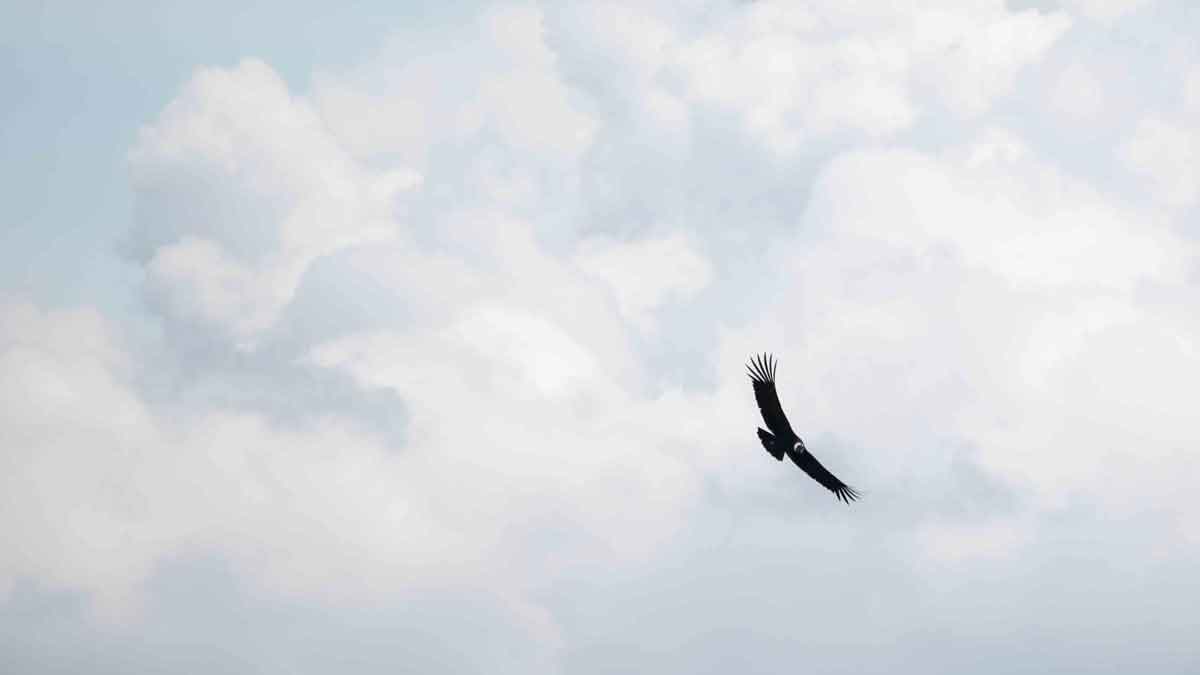
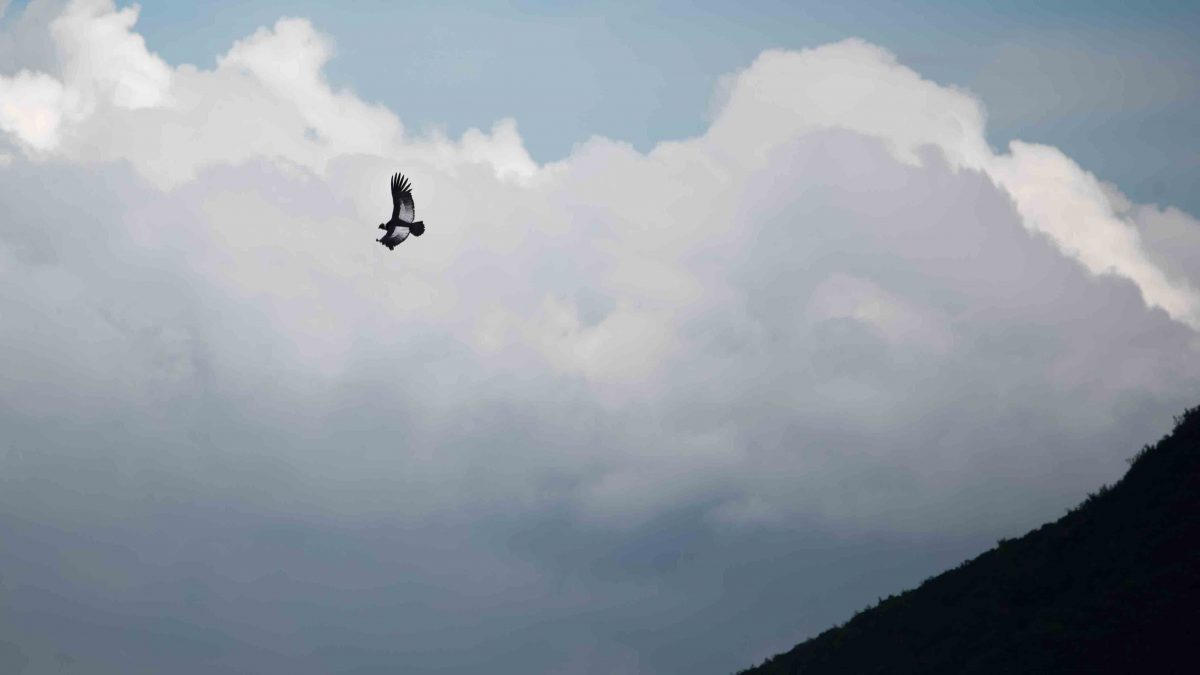

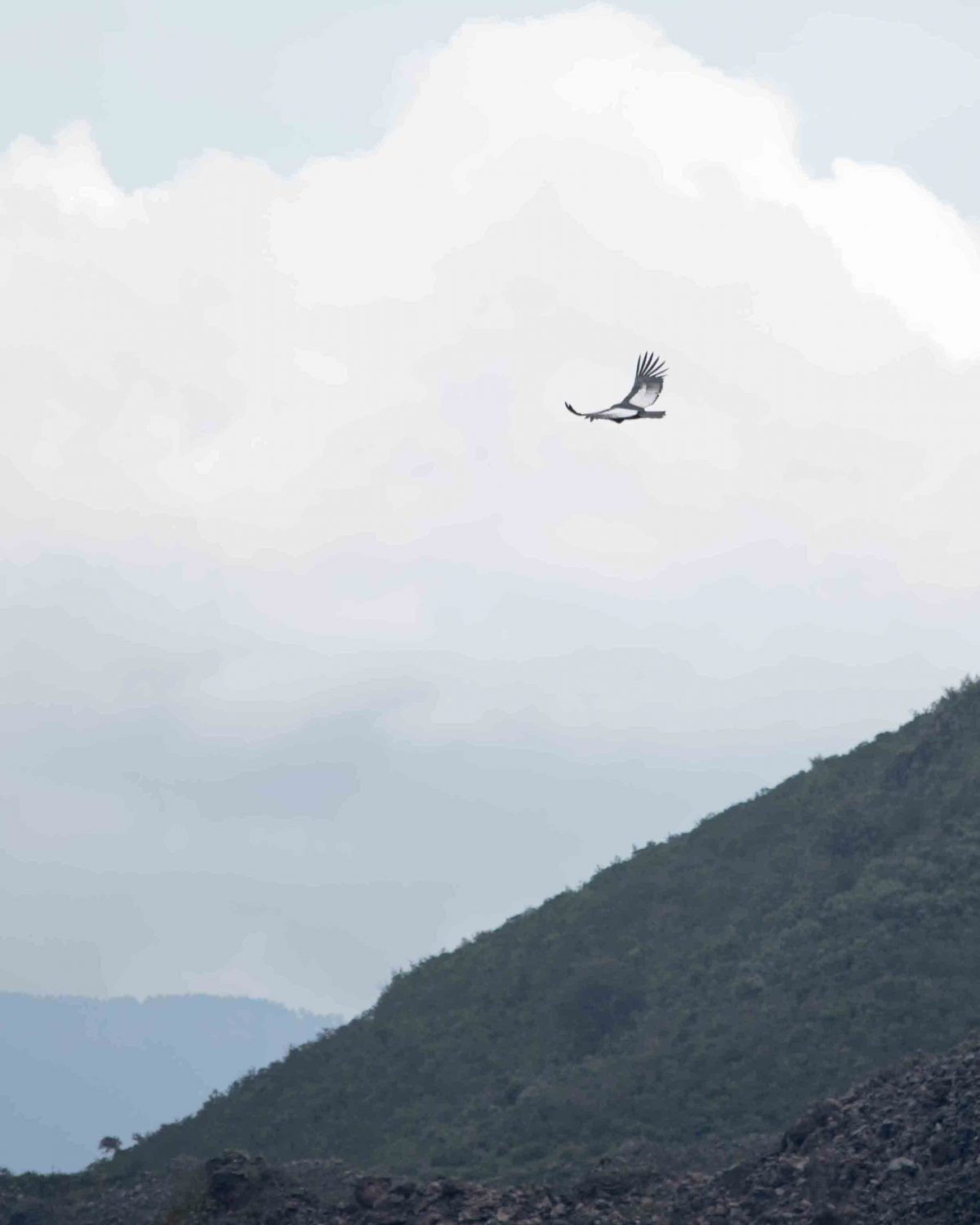
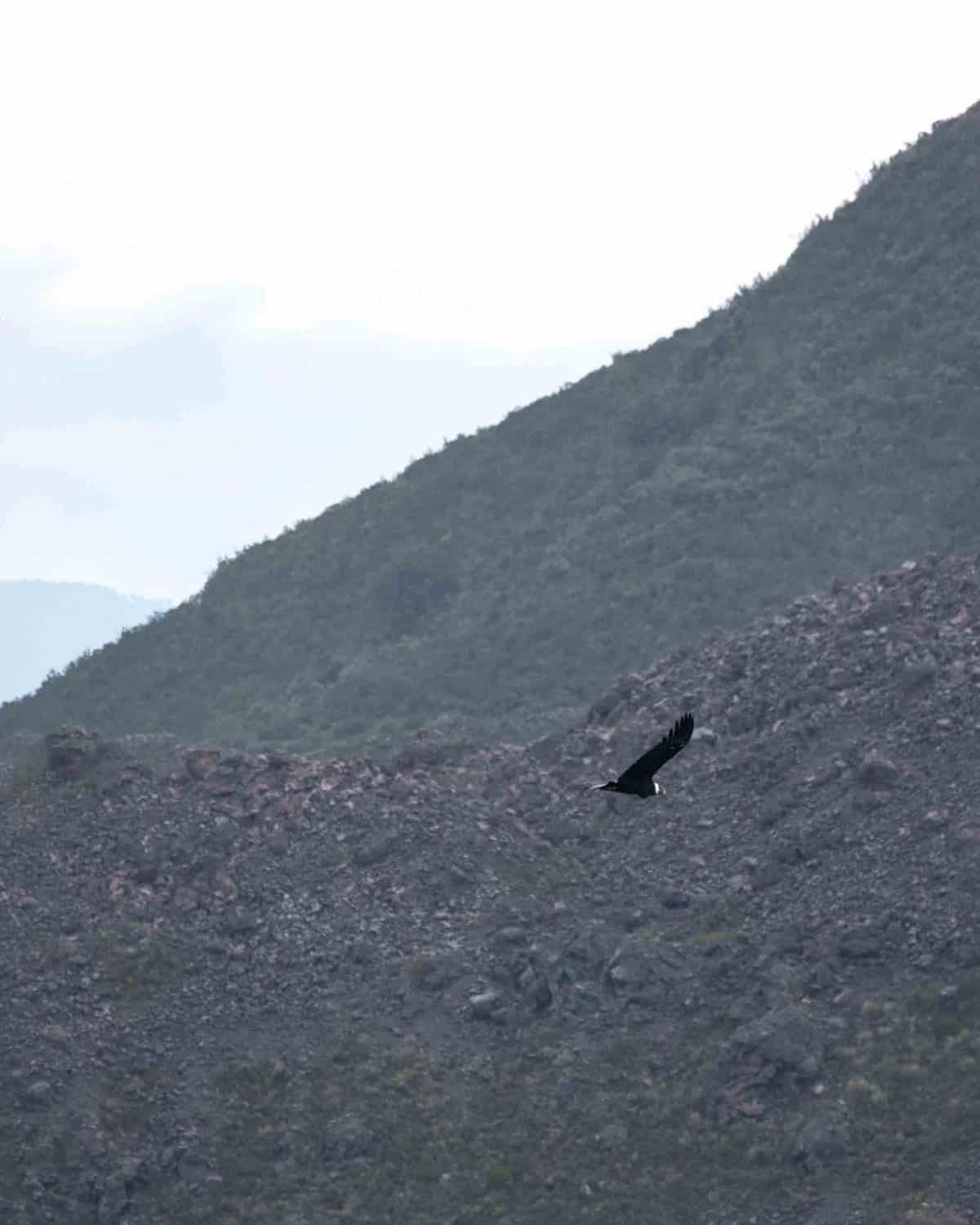
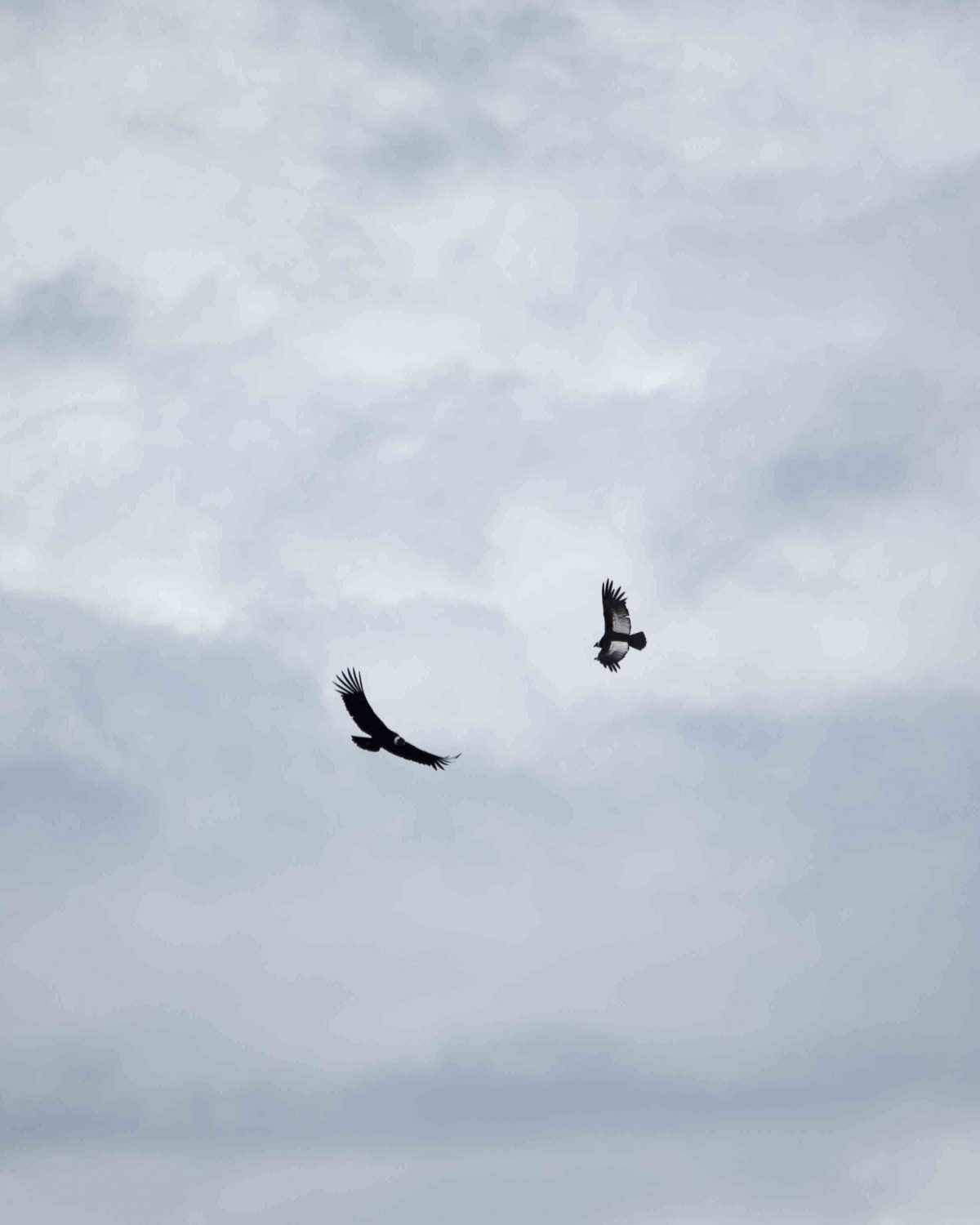
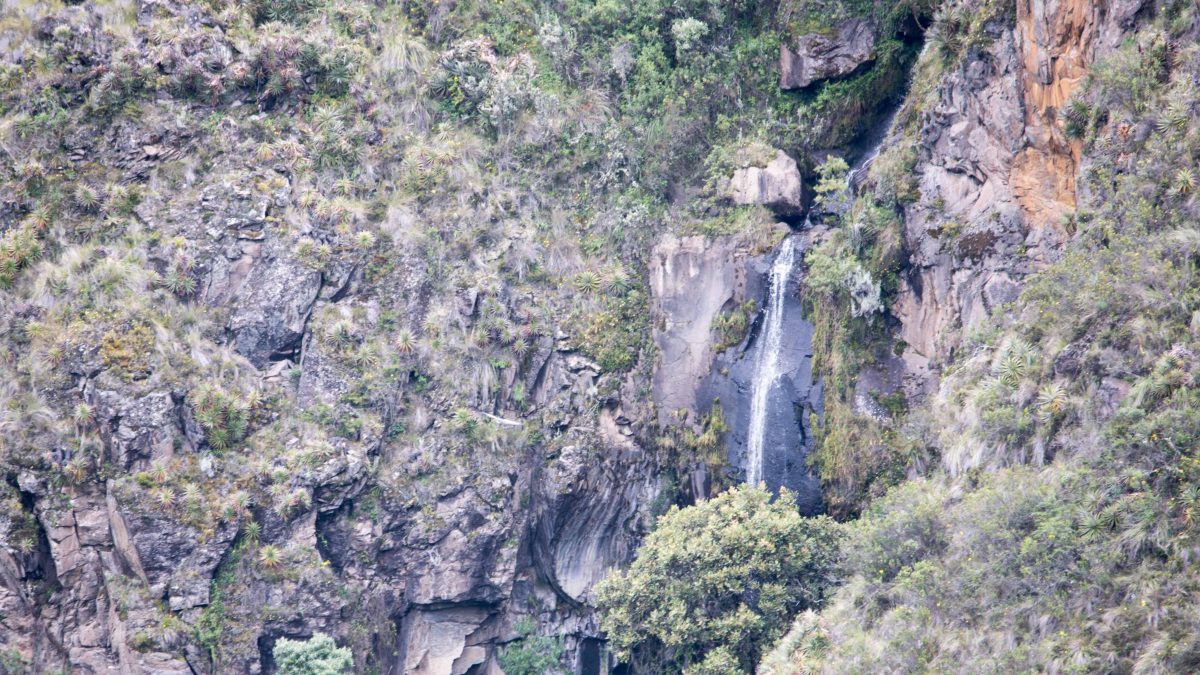

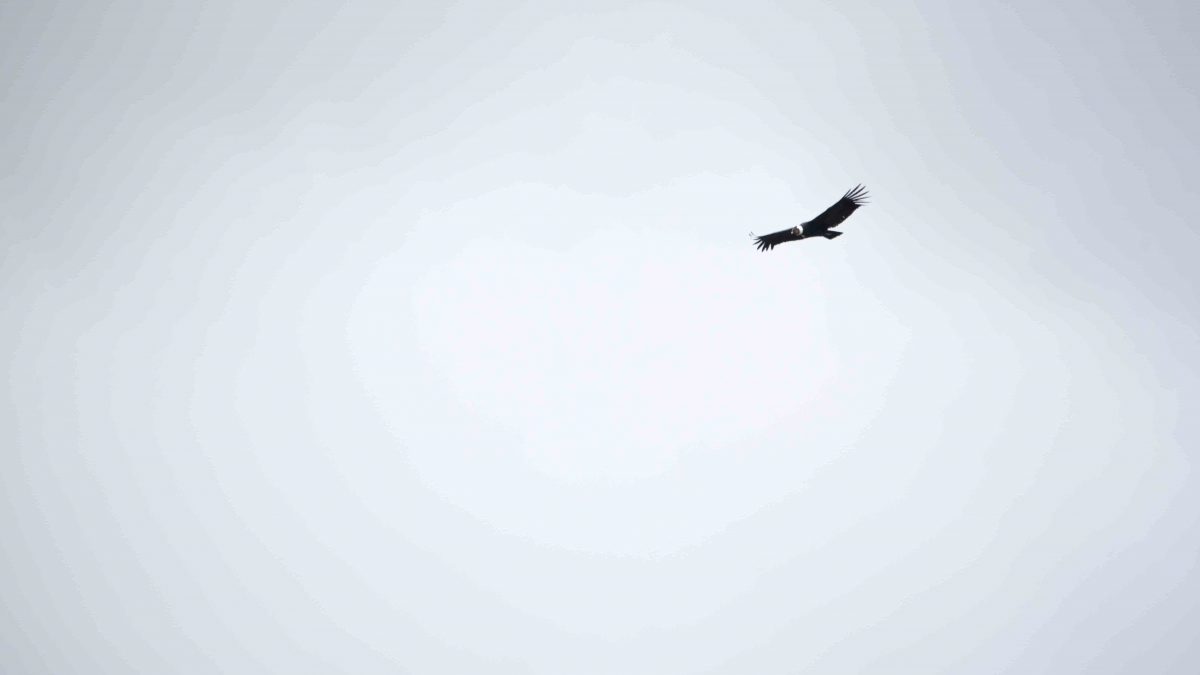

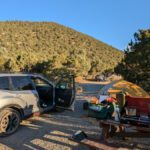
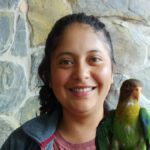

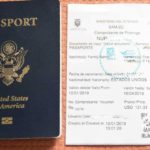
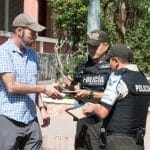

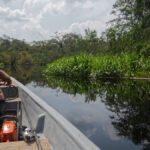

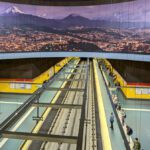


0 Comments